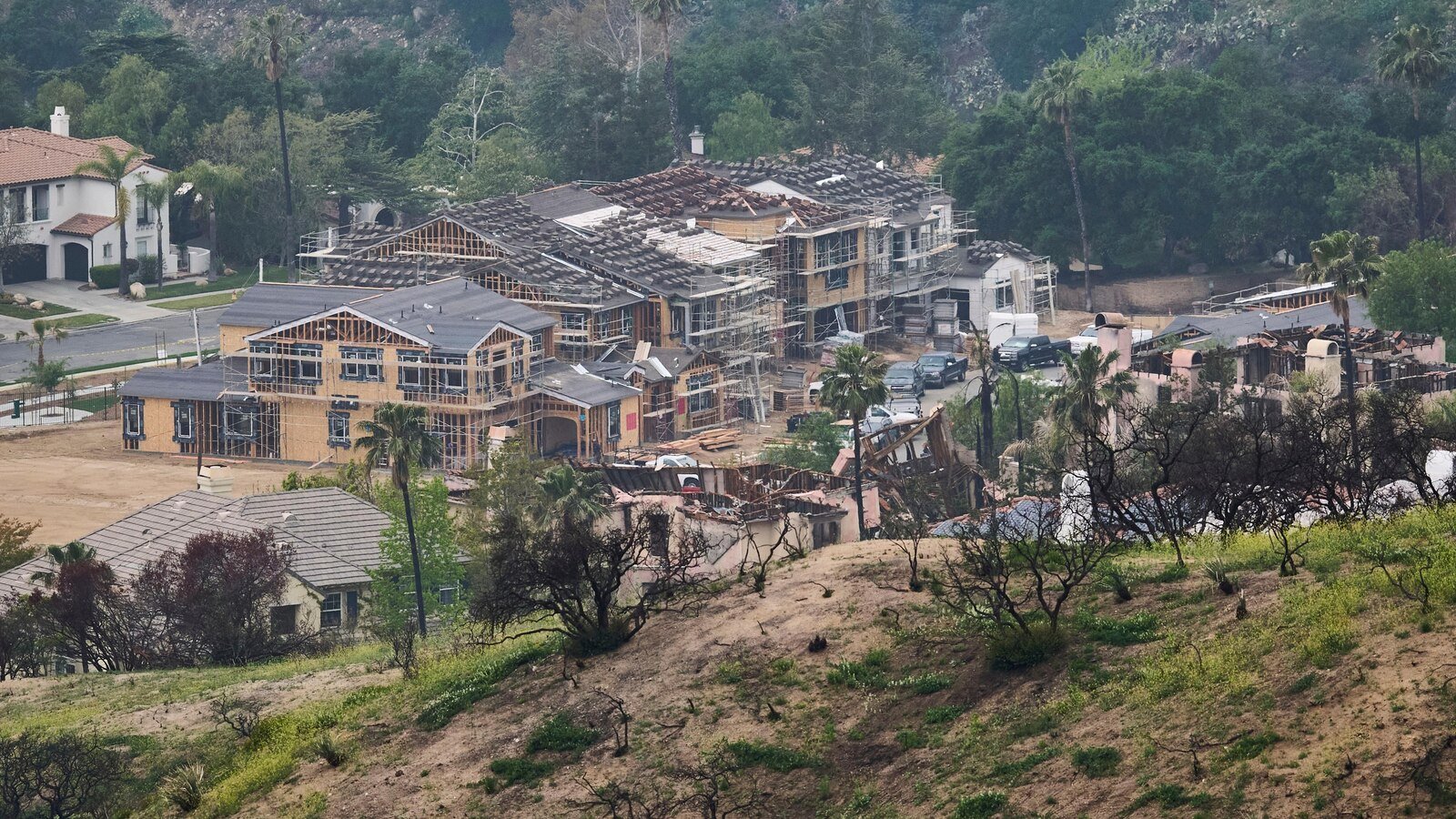Los Angeles – Behind the remains of a city burned by the fire, the files are lush of new green and full of birds.
Wild life returns to the Burn Burnon area of Eaton and scientists are tracking it about four months after the forest fires of the Los Angeles area fell through the National Forest of Angels and destroyed hundreds of homes and businesses in Altadena.
The paths of trails installed by a group of volunteers documented the first mountain lion in the area on March 26. He saw again more than two nights.
“My first inclination was to share that to the people who have lost so much during this fire and our community in Altadena, because it is a sign of hope that the return of nature, that nature will be resistant,” said Kristen Ochoa, a professor at the University of California, Los Angeles, the School of Medicine that leads the effort.
Ochoa, a resident for a long time in southern California, began to document the plants and animals that live in the area known as the Chaney Trail corridor in July 2024. He founded the project of the Trail Chaney corridor and began raising observations on Inaturalist, a voluntary network of naturalists and scientific citizens and citizens that maps the documentation and the documentation of biodiversity worldwide.
Located just behind Altadena, with a path of only one mile (1.6 kilometers) along the way from the neighborhoods that were decimated during the fires, the private area adjacent to the land of the National Forest of Angeles was scheduled for sale and development in a sports complex. Ochoa and other volunteers established a network of paths of trails to show the biodiversity of the area and take “inventory of everything that was valuable.”
Much of the Earth was carbonized and sterile after the fires, and the group also lost all its cameras, seeing how photos of the flames were transmitted before they darkened. But less than two months after the start of the fires, Ochoa was able to return and install new ones to start documenting the recovery of the landscape.
“What I really remember is coming here just after fire, there was a lot of bird,” said Ochoa.
Many volunteers with the group are local residents who lost their homes and have told Ochoa to witness the recovery of nature in the area has also brought them hope.
While the fires burned aggressively, they also burned unequally, leaving tree patches and a small vegetation oasis that surrounds an intact current. The animals were able to seek refuge there while the rest of their house burned.
They have not met any deceased animal, he said, but there were reports of a bear and deer injured.
He Heavy rain That came in the weeks after fires have helped with a quick recovery.
On a recent Wednesday morning, Ochoa pointed out several carbonized oaks in San Gabriel, which are only in southern California, which had unbridled green growth around their base.
The “crown outbreak” comes from having deep and developed roots systems that have helped trees survive for hundreds of years, said Ochoa.
An aggressive flowering of yellow mustard flowers, an invasive species, has also taken roots on the slopes, potentially displacing native plants such as the Salvia brush of California and the wild cucumber, a source of food for ground squirrels.
The group is associated with local scientists from UCLA to investigate how bats and birds have also gone after fires.
While installed a newly donated path, he pointed out scat and fresh deer clues that had been burned only a few months before.
Two red tail hawks surrounded each other in a high mating ritual in the sky, a spring signal.





